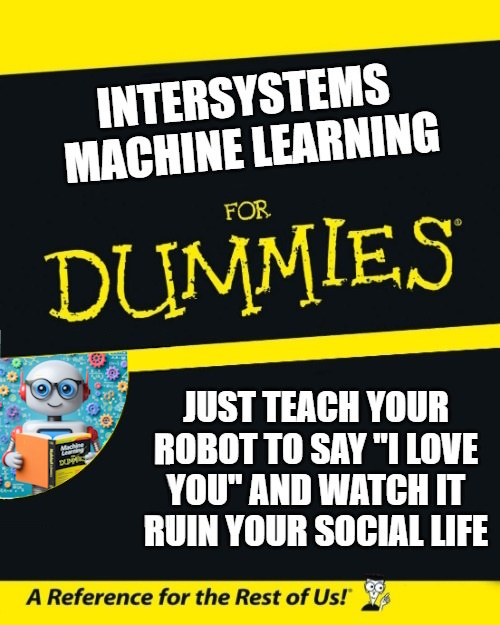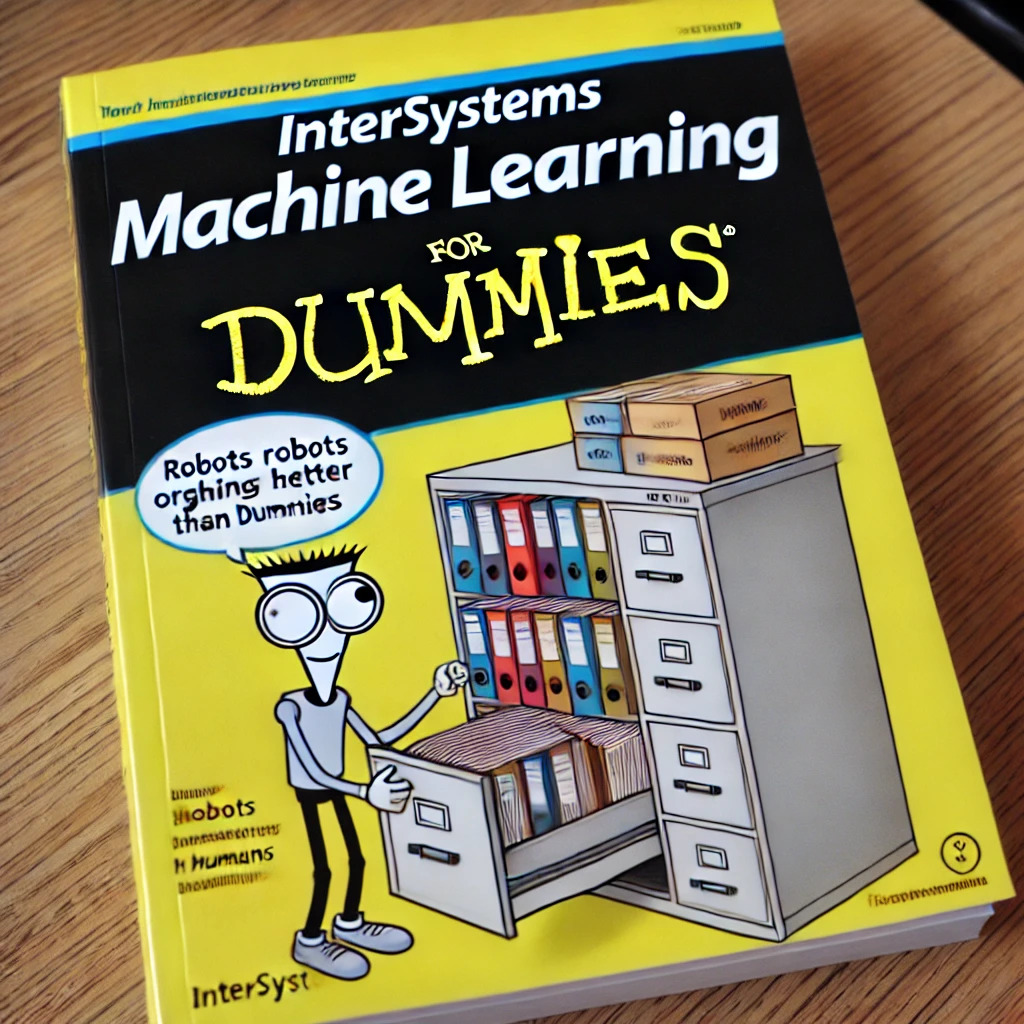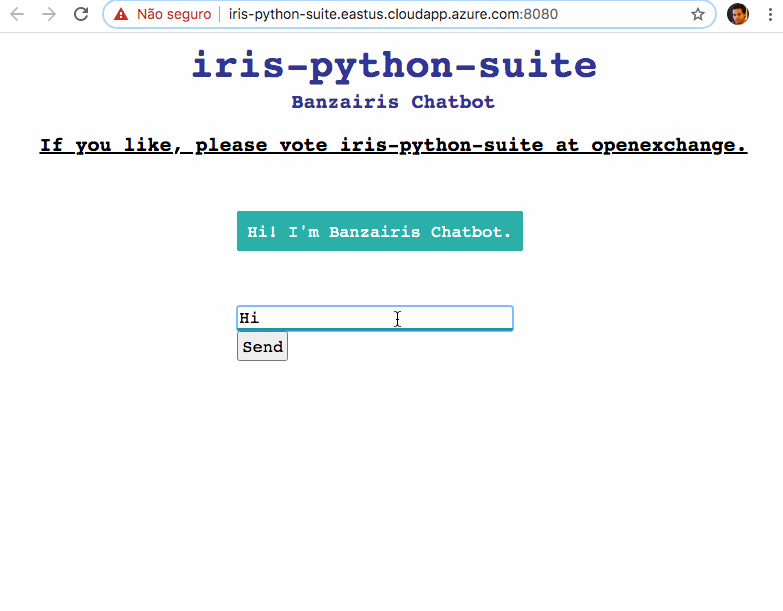
As we all know, InterSystems is a great company.
Their products can be just as useful as they are complex.
Yet, our pride sometimes prevents us from admitting that we might not understand some concepts or products that InterSystems offers for us.
Today we are beginning a series of articles explaining how some of the intricate InterSystems products work, obviously simply and clearly.
In this essay, I will clarify what Machine Learning is and how to take advantage of it.... because this time, you WILL KNOW for sure what I am talking about.

.png)
.png)


